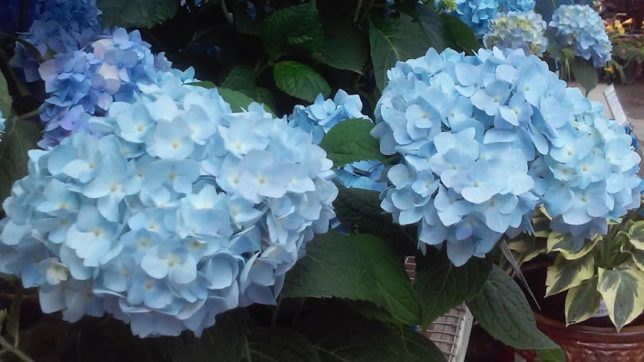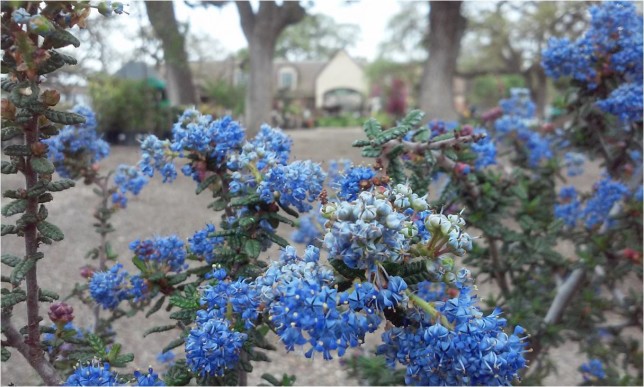![obj6306geo2742pg239p7[1]](https://www.aldenlane.com/m/wp-content/uploads/2016/01/obj6306geo2742pg239p71.jpg) The suggested time for pruning roses is January in Northern California. Even though your roses may still be leafy, budded or blooming it is time to force them to rest. Pruning them back now, removing every single leaf and dormant spraying with copper will provide a healthy beginning for the coming season.
The suggested time for pruning roses is January in Northern California. Even though your roses may still be leafy, budded or blooming it is time to force them to rest. Pruning them back now, removing every single leaf and dormant spraying with copper will provide a healthy beginning for the coming season.
Here are some tips in advance of our pruning classes.
What You’ll Need:
- Body armor – safety or prescription glasses, a hat, and a long-sleeved sweatshirt will go a long way insulating you from thorny branches. A good pair of leather gloves such as gauntlet types will do a superior job of protecting your forearms
- Pruning shears – sharp hand shears along with a long-handled lopper and a pruning saw are helpful for hard to reach or extra large wood
- Pruning seal – sealing cuts prevents the cane borer insect from invading and killing stems
- Copper dormant spray like Monterey Liqui-Cop to control over-wintering diseases
For specific variety and form (bush, miniature, tree & shrub) pruning tips, come in and one our rose experts will be happy to help. In the meantime here are some pruning basics. For the most part, roses produce flowers on current season growth. Therefore, the more new growth you have, the more bloom potential you’ll enjoy. Pruning is one way of stimulating new growth.
If your bush form roses have grown sky high lop off the top one-quarter to one-third of the plant so you can more easily and safely do the ‘fine pruning.’ For bush and tree forms you always want to maintain evenly spaced canes (stems) around the outside of the plant. The number of canes that you leave depends on the vigor of the plant. Three to seven is the rule in the case of bush roses. Tree roses rarely sprout new ones as they age so encourage and maintain those well-spaced branches. The final height of the stems depends on the variety and vigor of the plant.
We have gotten away from pruning roses to within an inch of their life (6-12 inches). The general rule is to prune back by at least 1/3rd, and no more than 1/2. Leaving the canes a bit longer provides the plant with extra energy for the coming season’s performance. Prune to an outside bud where a leaf was to ensure that the next branch will grow in an outward direction. On both tree and bush roses remove all twigs and stems that are crowding the center of the plant. The extra sunlight will warm the bud union and encourage more young stems to grow that will eventually be selected to replace the older canes. The light also stimulates increased flower production.
The bud union is the area where desirable buds from the specific rose variety join the rose rootstock .
Always remove any stems coming from below the bud union. These suckers are vigorous and can over-grow the desirable rose. If your white or pink rose is producing small red flowers, it has been taken over by the rootstock rose.
Maintain a nice compliment of permanent climbing rose canes that you will arch against the fence, wall or train over an arbor. The stems that grow off these permanent canes are pruned back to four buds. The resulting new growth will produce a mass of flowers. There are always exceptions to the rule so touch base with our rose experts for just the right pruning guidance.
![obj6307geo2743pg239p7[1]](https://www.aldenlane.com/m/wp-content/uploads/2016/01/obj6307geo2743pg239p71.jpg)

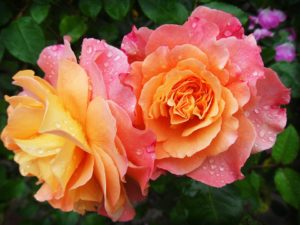
 Brighten the garden with colorful bedding plants. Refresh your garden beds and containers with primroses, pansies, Iceland poppies and more. Check with the staff for helpful advice and ideas.
Brighten the garden with colorful bedding plants. Refresh your garden beds and containers with primroses, pansies, Iceland poppies and more. Check with the staff for helpful advice and ideas.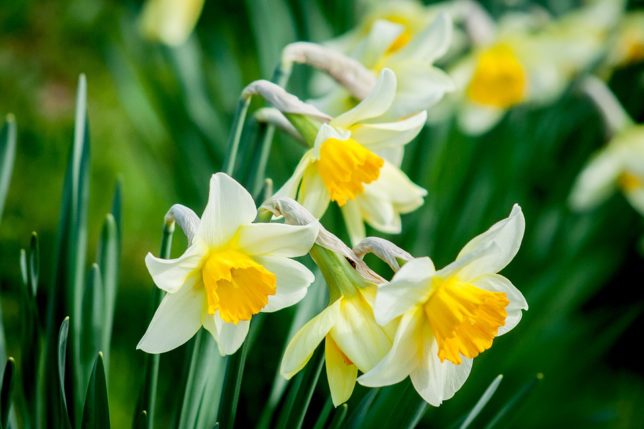
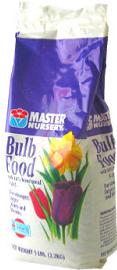
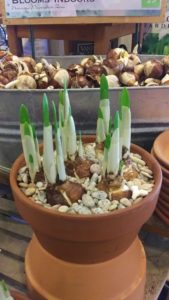
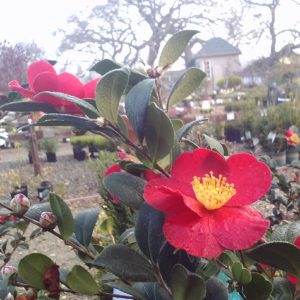 We just received a sizable shipment of Sasanqua camellias; some are beginning to bloom. Sasanqua Camellias are, “the other Camellia,” one of the stars of the winter garden. This cousin of the commonly planted Japanese Camellia is a bit more sun tolerant (until 10:30-11:00am), and depending on the variety makes an excellent gracefully branching ground cover or espaliered shrub, informal hedge as well as an excellent container plant. You might also plant a Sasanqua Camellia under trees to give color to otherwise green backdrops. Some varieties of Sasanquas begin blooming now, and other variations are colorful at Christmas.
We just received a sizable shipment of Sasanqua camellias; some are beginning to bloom. Sasanqua Camellias are, “the other Camellia,” one of the stars of the winter garden. This cousin of the commonly planted Japanese Camellia is a bit more sun tolerant (until 10:30-11:00am), and depending on the variety makes an excellent gracefully branching ground cover or espaliered shrub, informal hedge as well as an excellent container plant. You might also plant a Sasanqua Camellia under trees to give color to otherwise green backdrops. Some varieties of Sasanquas begin blooming now, and other variations are colorful at Christmas.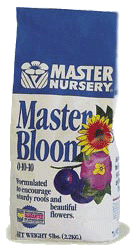 Feed camellias through the cooler months with
Feed camellias through the cooler months with 